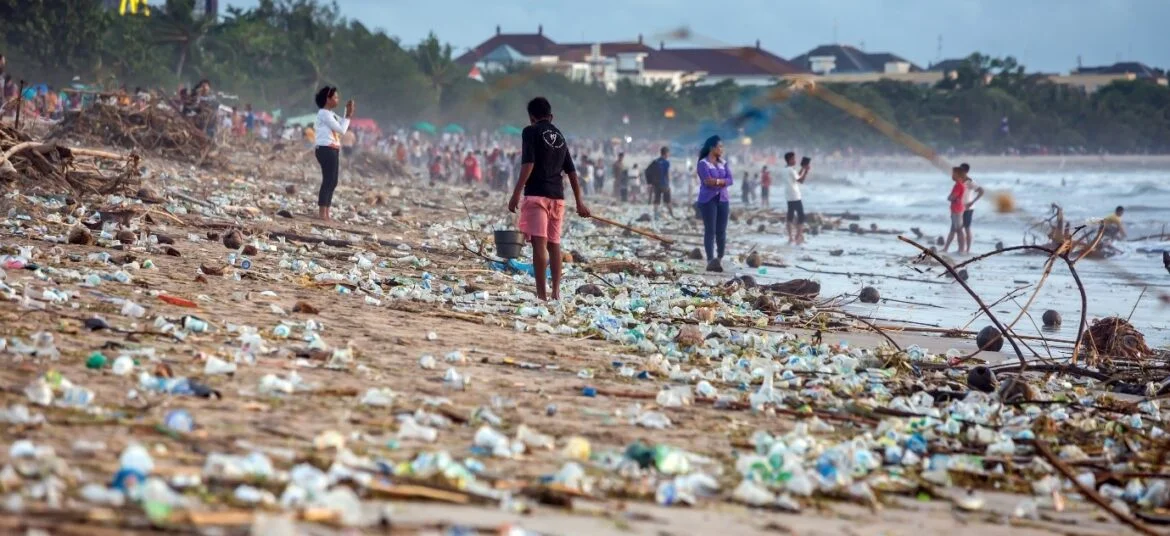
While eco-friendly packaging is being used for the developed markets, consumer goods firms continue to push plastic packaging to the third world.
Every minute of every day, a truckload of plastic is dumped into the ocean. Plastic packaging is the biggest contributor to this waste stream, where fast-moving consumer goods (FMCG) are the primary generators.
To counter this, many large FMCG companies have declared their plans to go green. Be it Unilever, Nestle, Coca-Cola, Danone, or Mondelez. However, while there is a clear commitment to reducing plastic waste in the developed world, the shift to plastic-free packaging in Southeast Asia feels like a distant possibility.
The reason? Single-use plastic. According to a 2018 Greenpeace report, consumer brands are relying on recycling instead of completely moving away from single-use packaging. And it’s a problem. The majority of plastic packaging used is simply not designed for recycling.
Lost opportunity?
In February 2021, Coca-Cola said it is introducing 100% recycled plastic bottles in the United States. However, when quizzed about its plans for Southeast Asia (especially Indonesia), the company said it’s a ‘work in progress’.
In 2020, when Unilever announced eco-friendly packaging for its Magnum range of ice creams, it made Europe the first focus area. But did not indicate any SE Asian country for the implementation of this initiative.
The same is true for Nestle which launched recyclable paper packaging for its Maggi cubes in France but not in ASEAN. To justify its stand, the company said that the packaging works in France’s milder climate. But not in tropical countries such as Indonesia.
The reluctance of FMCG companies to come up with solutions for the ASEAN region is coming at a cost. According to data collected by the World Bank, more than 75% of the recyclable plastic worth $6 billion is lost in Thailand, the Philippines, and Malaysia. All because of lack of efforts by FMCG companies.
The contra view
The most common argument against a complete shift to eco-friendly packaging in Southeast Asia is that it is not cost-effective. Switching to ‘greener’ materials would mean passing off the costs to customers in ASEAN, a market that is considered the most price-sensitive in the world.
What is, however, being ignored is that increased volumes make up for the higher packaging costs. The size of the global FMCG market is expected to touch \$15,361.8 billion by 2025, registering a CAGR of 5.4%. Southeast Asia is expected to beat the market with a 6.6% CAGR.
FMCG companies intending to make a real difference have nothing to worry about. The 650 million-plus population of ASEAN will make up for the cost increases, temporarily impacting sales.
Consumers have started to take notice too. A McKinsey study said that consumers in ASEAN markets such as Indonesia are worried about the environment and also ready to pay for ‘green’ alternatives to packaging including seaweed, jute, paper, and glass already exist in these Asian countries.
When sustainable packaging has seen wider adoption in Europe and the United States, there is no reason why this feat cannot be implemented in ASEAN too.
Once investors and shareholders start questioning the FMCG companies about their plan of action for going green, the pivot will finally happen.
Stay up to update with our latest news.
Have Us Contact You

© Copyright ASEAN Business Partners 2025 I Sitemap I Privacy Policy